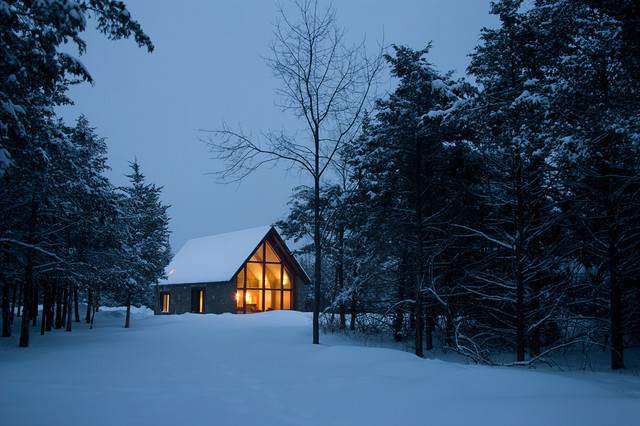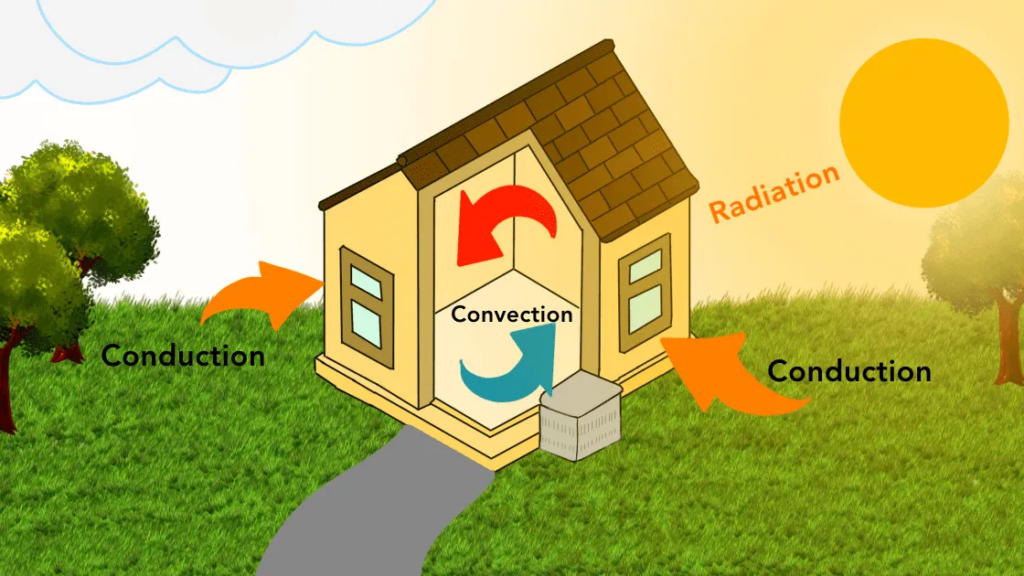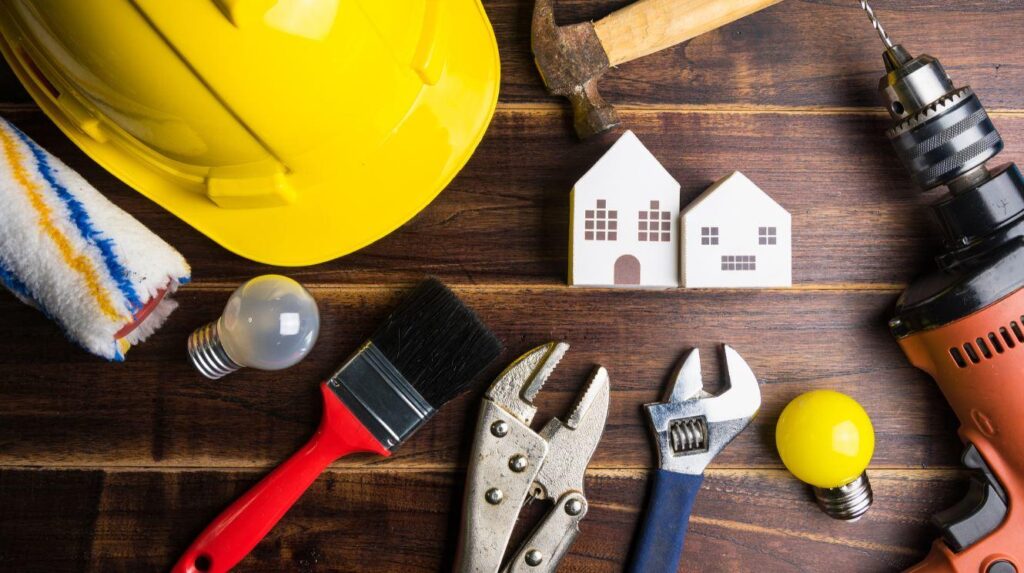Eco-friendly wooden houses have gained popularity as a sustainable and energy-efficient alternative to traditional construction. However, their performance in harsh climates often raises questions about their durability and resilience. From freezing winters to scorching summers, wooden houses can thrive in extreme environments with the right materials, design, and maintenance. This article explores how eco-friendly wooden houses are built to withstand challenging weather conditions while maintaining their sustainability.

1. Natural Insulating Properties for Extreme Temperatures
Wood is a natural insulator, making it an excellent material for regulating indoor temperatures in harsh climates. In cold regions, wooden walls and roofs help retain heat, reducing the need for excessive heating. Similarly, in hot climates, wood minimizes heat transfer, keeping interiors cooler. The result is a comfortable living environment that reduces energy consumption and lowers utility bills.
To enhance insulation, modern wooden houses often incorporate additional features like:
- Double or triple-glazed windows
- Thermal insulation panels
- Energy-efficient roofing materials
These elements ensure that wooden houses maintain their energy efficiency even in the most extreme weather conditions.
2. Durability in Freezing Conditions
In regions with freezing temperatures and heavy snowfall, wooden houses are designed to withstand the stresses of winter. The key lies in selecting the right type of wood and applying protective treatments. Dense hardwoods like oak, cedar, or spruce are commonly used due to their strength and resistance to cracking or warping.
Proper sealing and insulation prevent moisture from seeping into the wood, reducing the risk of freezing and expansion. Additionally, sloped roofs are often incorporated into the design to allow snow to slide off easily, preventing structural strain.
3. Resistance to Heat and Sunlight
In hot and arid climates, wooden houses face challenges like prolonged exposure to sunlight and high temperatures. To combat these, protective coatings such as UV-resistant stains or paints are applied to the wood. These finishes not only preserve the natural beauty of the wood but also prevent fading, cracking, and warping caused by sun exposure.
Ventilation is another crucial factor. Wooden houses in hot climates are often designed with wide eaves, high ceilings, and strategically placed windows to promote airflow and reduce indoor heat buildup.

4. Withstanding High Humidity and Rainfall
In tropical or coastal regions with high humidity and frequent rainfall, wooden houses must be built to resist moisture-related issues like rotting, mold, and mildew. Using naturally moisture-resistant woods, such as teak or cypress, helps minimize these risks. Additionally, modern wood treatments enhance resistance to water damage and pests.
Elevating the house on stilts or using raised foundations can protect it from flooding. Overhanging roofs and proper drainage systems prevent water from pooling near the structure, further safeguarding the wood.
5. Protection Against Strong Winds and Storms
Wooden houses can be surprisingly resilient in areas prone to strong winds, hurricanes, or typhoons. By using reinforced frames and interlocking joints, builders ensure that the house can withstand high wind pressures. Anchoring the house securely to its foundation adds extra stability during storms.
Laminated timber, which is engineered for strength, is often used in areas with frequent storms. This type of wood is less likely to splinter or crack under pressure, making it a reliable choice for eco-friendly homes in wind-prone regions.
6. Maintenance for Longevity
Regular maintenance is crucial for ensuring that wooden houses remain durable in harsh climates. This includes:
- Applying sealants or stains to protect against moisture, UV rays, and pests
- Inspecting for signs of damage, such as cracks or leaks, and addressing them promptly
- Cleaning gutters and drainage systems to prevent water buildup
With proper care, wooden houses can last for generations, even in challenging environments.

Conclusion
Eco-friendly wooden houses are not only sustainable but also highly adaptable to harsh climates. By selecting the right materials, incorporating thoughtful design elements, and committing to regular maintenance, these homes can thrive in freezing winters, scorching summers, humid tropics, and storm-prone regions. Combining resilience with sustainability, wooden houses prove that environmentally friendly living is achievable in any climate.
